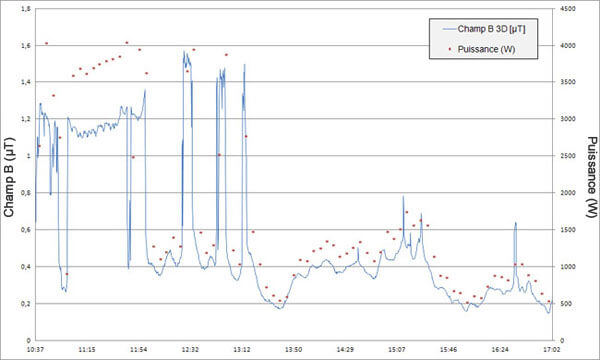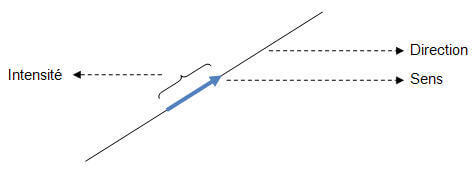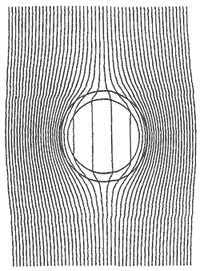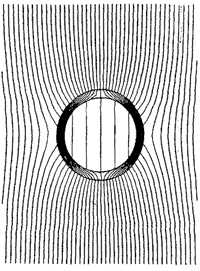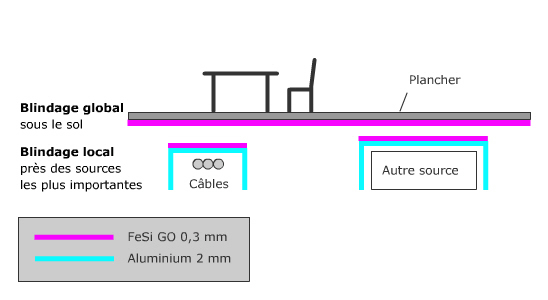Figure 3 – Attenuation of the magnetic field depending on the type of shielding
Absorbing shielding uses the principles set by the laws of Faraday and Lenz (see further in the page entitled Electromagnetism): when a conductive material is placed in a variable magnetic field an electric field is generated which in turn generates circular induced currents, called “eddy currents”. These induced currents generate a magnetic field which is opposite to the magnetic flux changes that gave rise to them.
This type of shielding requires the use of conductive materials such as aluminum or copper, of adequate thickness.
Because of the distribution of the currents induced in the material, this shielding is more effective to reduce perpendicular fields.
Magnetostatic shielding uses magnetic properties of ferromagnetic materials.
A ferromagnetic material is a material that has the ability to magnetize itself when placed in a magnetic field. This is the magnetic permeability of the material. High magnetic permeability materials (especially permalloy better known under the trade name Mumetal or grain oriented silicon steel used to make transformer sheets) are potential candidates for this type of shielding.
The field is channelled inside the material. This type of shielding is more effective in the presence of a tangential field.
In general, especially with regard to magnetostatic shielding, to be effective, it is often necessary to use a closed shield that completely surrounds either the field source, or the area to be protected. The quality of contacts between the different parts of the shield is also essential and it will sometimes be useful to combine absorbing and magnetostatic shielding techniques of shielding (Figure 4).
Figure 4 – Picture of shielding combining absorbing and magnetostatic properties to reduce magnetic fields associated with a source placed in the basement of a house
Technical solutions to limit fields are available. However, they require a rigorous implementation and are not necessarily effective. Studies on dedicated materials commercially available have shown that even if 50 Hz magnetic field was somewhat reduced, 50 Hz electric field, meanwhile, was sometimes reinforced (Leitgeb & Cech, 2007). Furthermore, materials are typically very expensive or require a costly implementation (welding of aluminium by special techniques.


